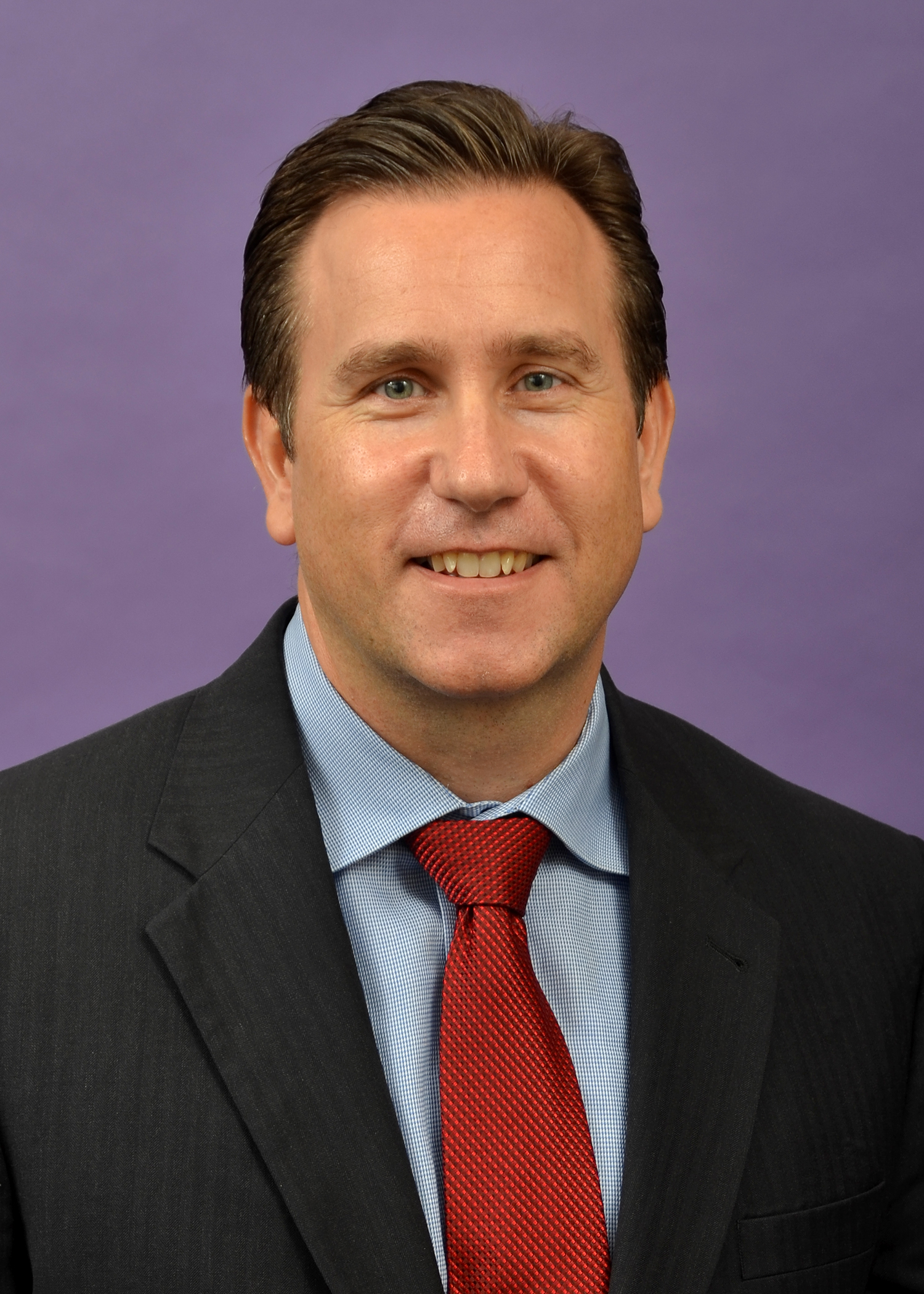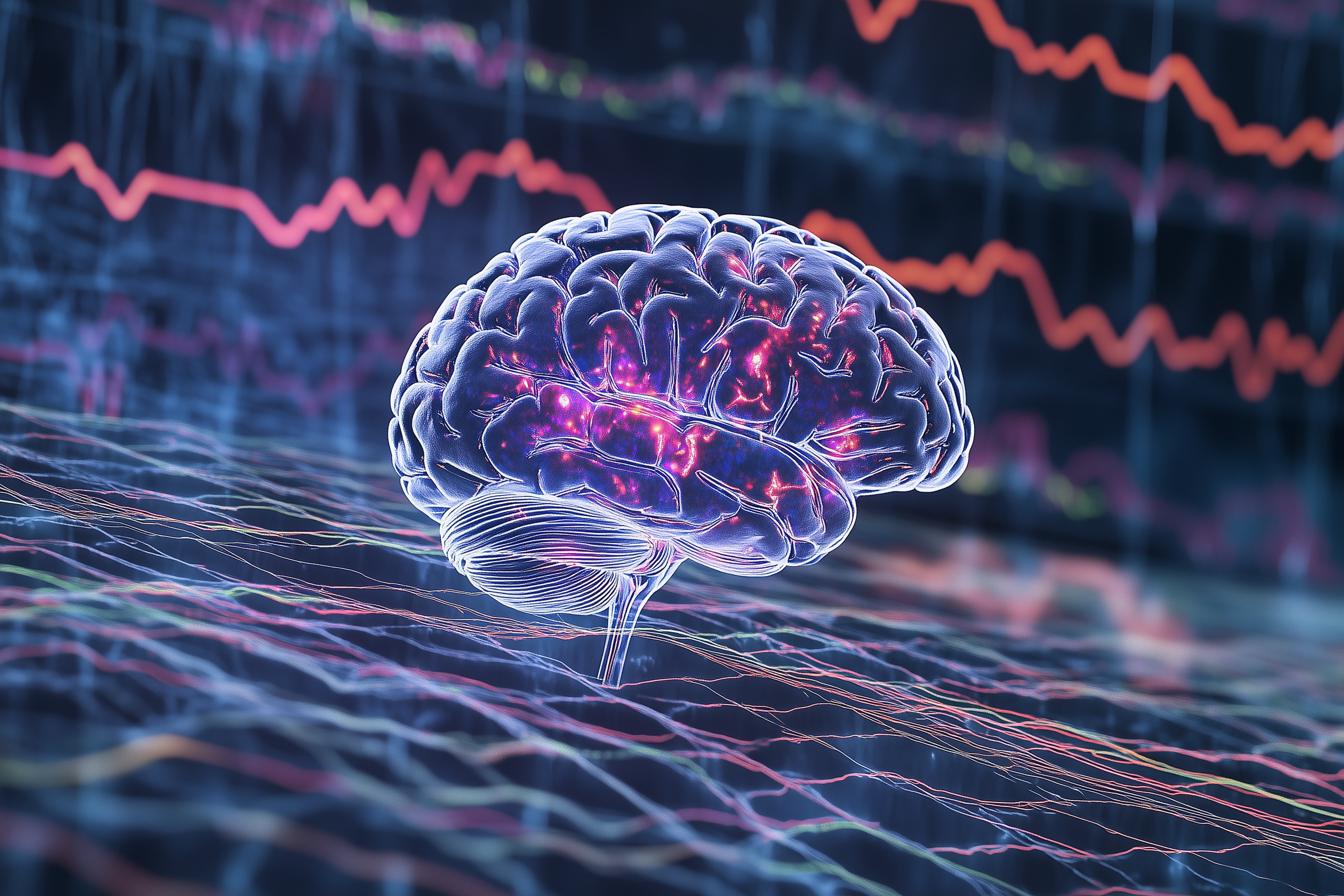 Aligned with our commitment to excellence in health care education, Harris College
delves into the latest advancements in the assessment and treatment of communication
and neurological disorders.
Aligned with our commitment to excellence in health care education, Harris College
delves into the latest advancements in the assessment and treatment of communication
and neurological disorders.
Christopher Watts, Ph.D., the Marilyn & Morgan Davies Dean of Harris College and professor, explores his extensive research on voice disorders, Parkinson’s, neurological disorders, laryngeal function and dysphagia. His insights provide a deep understanding of these conditions and the latest advancements in their assessment and treatment.
Can you explain the impact of Parkinson's disease on voice and speech functions?
Most people with Parkinson’s disease (PD) will experience changes to their voice and speech over time. While changes are often present in a mild form at the time of diagnosis, how those changes evolve over time is highly variable from one individual to the next. Some people may not experience further noticeable changes in their voice and speech for up to a decade or more, while others might experience further noticeable changes within a few years or less.
When PD effects the voice, the typical symptoms are a low volume and a “breathy” voice quality which makes it difficult for other people to hear the speaker during conversation. When PD effects speech (e.g., how sounds are articulated and the rate at which one speaks), the symptoms are often imprecise articulation that causes some sounds to be unclear. Some individuals also develop an increase in their rate of speech, such that they might be perceived as having a very fast speaking rate.
What are the most common voice disorders, and how are they typically treated?
One way to organize voice disorders includes categories of functional (caused by vocal behaviors such as screaming, talking too loud and/or for long periods of time), organic (caused by structural, systemic, or neurological changes not initially related to vocal behaviors) and idiopathic (caused by underlying etiologies which have not been conclusively identified).
Of these, functional voice disorders are the most common and within that category muscle tension dysphonia (MTD) is the most prevalent diagnosis. MTD can take the form of a subtype labeled as “primary MTD” or “non-phonotraumatic hyperfunction,” where changes to the voice occur due to vocal behaviors in the absence of any traumatic structural changes to the vocal folds. Another subtype of MTD is “secondary MTD,” or “phonotraumatic hyperfunction”, where changes to the voice occur due to vocal behaviors and are accompanied by benign lesions which form on the vocal fold tissue, such as vocal fold nodules.
Functional voice disorders should always be treated first with rehabilitation in the form of voice therapy with a speech-language pathologist (SLP). The specific voice therapy approach used to rehabilitate the voice is determined based on results of a specialized voice assessment to identify the exact underlying causes of the problem. For most patients with MTD, the SLP will often develop a treatment plan that includes concepts of vocal hygiene (how to take care of the vocal folds to promote their physiological health) and voice exercises which help the patient regain appropriate sensorimotor control over respiration, phonation, and resonance – the three subsystems of voice production.
Can you discuss the relationship between neurological disorders and dysphagia?
Dysphagia, the medical term for a swallowing disorder, is most commonly related to neurological changes impacting the muscles used to move food from the mouth into the stomach. One of the most common etiologies of dysphagia is stroke, but degenerative diseases, such as Parkinson’s disease, are also strongly associated with dysphagia.
Effective and safe swallowing requires functioning neurosensory and neuromotor systems for muscles to contract appropriately. When a neurological condition impacts the muscles of the oral cavity, the throat (pharynx and larynx), and/or esophagus, it will often lead to dysphagia where an individual has difficulty moving food efficiently from the mouth to the stomach and possibly difficulty with swallowing safety, where food can enter the airway.
How do you approach developing treatment plans for patients with neurological disorders affecting their voice?
Neurological voice disorders are a form of organic voice disorder where some disruption to the neuromotor control of the muscles which move the vocal folds occurs. The most common form of neurological voice disorder is unilateral vocal fold paresis/paralysis, where there is a reduction or complete loss of range of motion in one vocal fold. The symptoms are typically a “breathy” voice quality, a reduction in vocal loudness, and/or vocal fatigue after speaking for a substantial period of time.
Another but less common form of neurological voice disorder is spasmodic dysphonia, a type of dystonia resulting in involuntary contractions of the vocal fold muscles. The symptoms of spasmodic dysphonia are typically a “strained-strangled” voice quality which is intermittent from word to word.
Like all voice disorders, diagnosis must include assessment by an otolaryngologist. Unlike functional voice disorders, the treatment plan for neurological disorders might include surgery or in-office injections of substances to improve vocal fold position or motion, and either of those options might be with or without rehabilitation with a speech-language pathologist. The treatment plan for these disorders will be made by the patient in consultation with the medical doctor.
What role does technology play in diagnosing and treating voice disorders and dysphagia?
Technology is critical for diagnosis of both voice and swallowing disorders. Prior to any treatment plan being developed for a voice disorder, an otolaryngologist must visualize the vocal folds to make a diagnosis. This is typically done with a flexible video endoscope routed through the nose to visualize the vocal folds. Some otolaryngologists might use a rigid video endoscope, which is placed in the back of the mouth to visual the vocal folds.
For diagnosing dysphagia, instrumental evaluation is required. Options include assessment via a videofluoroscopic swallow study (also known as a “modified barium swallow,” completed in a radiology facility) or a fiberoptic endoscopic evaluation of swallowing (using a flexible video endoscope to view how food moves into the back of the mouth and then through the pharynx [throat]).
Innovative technology is also being used to treat voice and swallowing disorders. It is common for SLPs to use computerized analysis presented in visual displays on a screen as a form of biofeedback for a patient’s voice. This allows real-time visual feedback on voice quality and physiology which the patient can use to adjust how they control the muscles of voice production.
Biofeedback technology is also used in dysphagia rehabilitation. Surface electromyography can detect the extent of muscle contractions in swallowing muscles and present that information to the patient visually on a computer screen. The patient can then use that visual feedback to modify how they control the muscles of swallowing.
Another evidence-based technology is neuromuscular electrical stimulation (NMES), which applies stimulation to the nerves innervating swallowing muscles to improve neuromotor function. An example of this is Ampcare’s Effective Swallowing Protocol, which is used by SLPs globally.
Can you discuss any innovative techniques or therapies that have shown promise in treating voice disorders?
My research team has conducted preliminary research on the application of external vibration to the muscles of the vocal folds in the rehabilitation of people with voice disorders, including MTD. We are also currently conducting an NIH-funded study to learn more about the beneficial effects of vibration for MTD.
We use a hand-held tool that applies a low frequency vibration to the tissues surrounding the larynx. Low frequency vibration has the effect of deactivating muscle hyperfunction and also facilitate blood flow to the region, increasing oxygenation. Our early studies have shown great promise for this technology, so our hypothesis is that its application in a large cohort of patients with MTD will show substantial clinical outcomes.
What future trends do you foresee in the assessment and treatment of voice disorders and dysphagia?
The greatest driver of health care is technology, which is advancing at a rapid pace. As technology evolves, how it is applied to the assessment and treatment of voice and swallowing will also evolve and, hopefully, improve how we care for patients.
Technology will never replace the skill and intuition of a trained professional, but the growing utilization of technology as a tool to compliment practice is exciting and I think will continue to make a significant impact.
